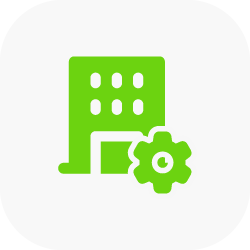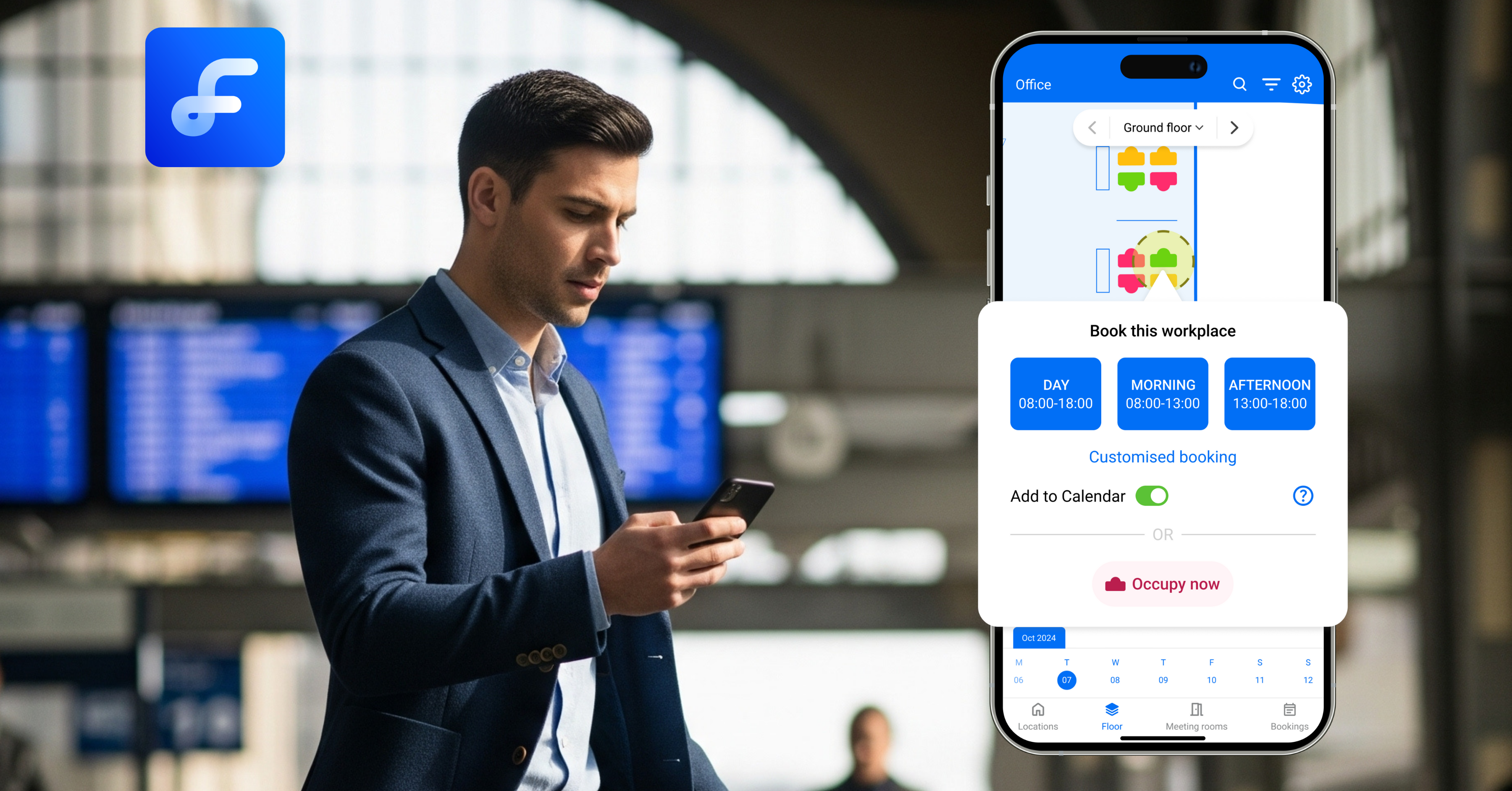
Why am I even in office?
You get up early, pack your things, and commute. But once you arrive... it’s empty. No colleagues in sight. Or worse: overcrowded, no free desk available. That question suddenly pops up: “Why am I here?”
At the Workplace Xperience in Rotterdam, Johan Pijpers, Commercial Director at Flexwhere, shared this exact frustration – and how organisations can handle things differently. The solution? Stop guessing. Start choosing. Don’t enforce – entice. With smart technology and clear agreements.
Hybrid working: balancing between chaos and opportunity
Hybrid working is the new standard. But in reality, office occupancy is uneven. Some days the place is deserted, others it’s packed.
“Too many on Thursdays, too few on Wednesdays.”
This lack of balance leads to inefficiency, missed opportunities, and frustration. People want to meet their colleagues, but don’t know who’s coming – or where they’ll be.
Desk sharing as the answer
With desk sharing, every employee chooses where they want to work, every day. Collaborating on a project? Sit together. Need to focus? Pick a quiet spot. That requires smart support.
Desk sharing software
How do you manage desk sharing effectively? That’s where technology steps in. Think of a user-friendly desk sharing app that shows who’s in, which desks are free, and how the office is being used.
✔️ More freedom and clarity
✔️ Occupancy insights for facility management
✔️ Direct savings on office costs
Real-world success stories
Johan Pijpers didn’t just share insights – he also presented real-life examples of organisations using Flexwhere to level up their hybrid work strategy. Here are three stories featuring common challenges, smart solutions, and measurable results.

But… there are pitfalls
Not every organisation succeeds right away. Many face these three common challenges when it comes to desk sharing:
-
Lack of buy-in – people feel attached to 'their' desk
-
Unclear rules – like no-shows after reservations
-
No data usage – leading to gut-feeling decisions
Without clear communication, structure, and data, desk sharing can quickly descend into chaos.
What works then?
-
Communication
Change how you talk about office work internally. Explain the why and benefits of desk sharing. Address concerns, listen actively, and leave space for questions. -
Technology
Use intuitive software. A desk sharing app or clear communication platform makes a big difference. -
Culture
Promote a culture where flexibility is the norm. Where collaboration is encouraged and performance matters more than presence.
Back to the office? Make it inviting
Don’t force people to come in – make them want to. Add features that make the office a place people enjoy:
-
Massages or yoga sessions
-
Dogs welcome at work
-
On-site laundry or childcare
Turn the office into a place people want to be – not have to be.
What will be your first step?
Check how many desks are actually in use. Involve your team when setting up office guidelines. See if you can make the office so appealing that people look forward to going again.
Because if hybrid working is truly going to work, we need to go beyond rosters and rules. We need to ensure no one ever has to ask again:
“Why am I even here?”
Want to discover how Flexwhere can support your hybrid work strategy? 👉 Try Flexwhere for free.
























%20(1).png)



